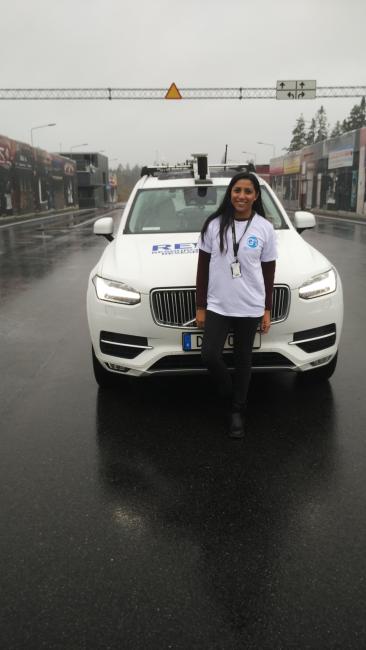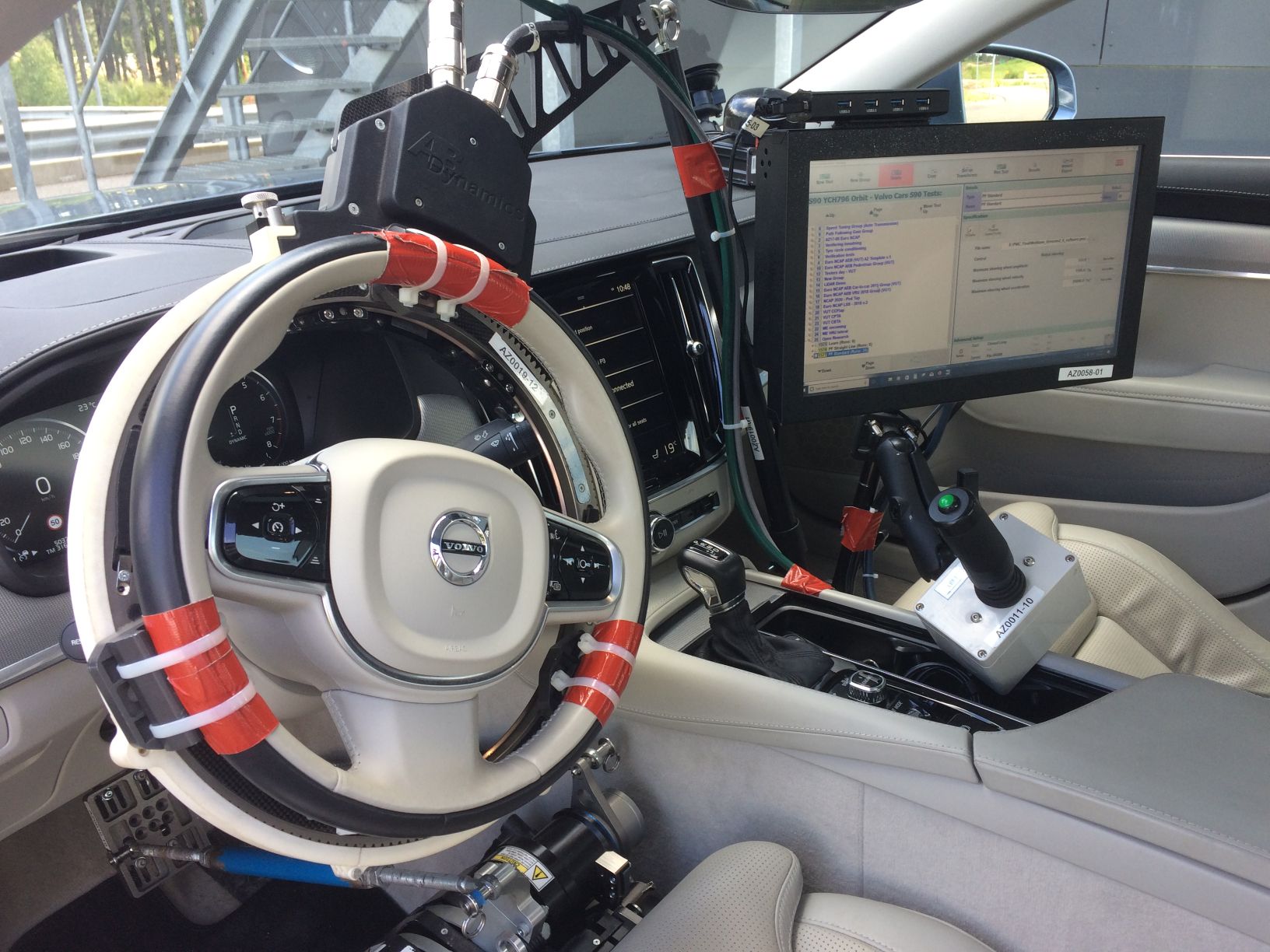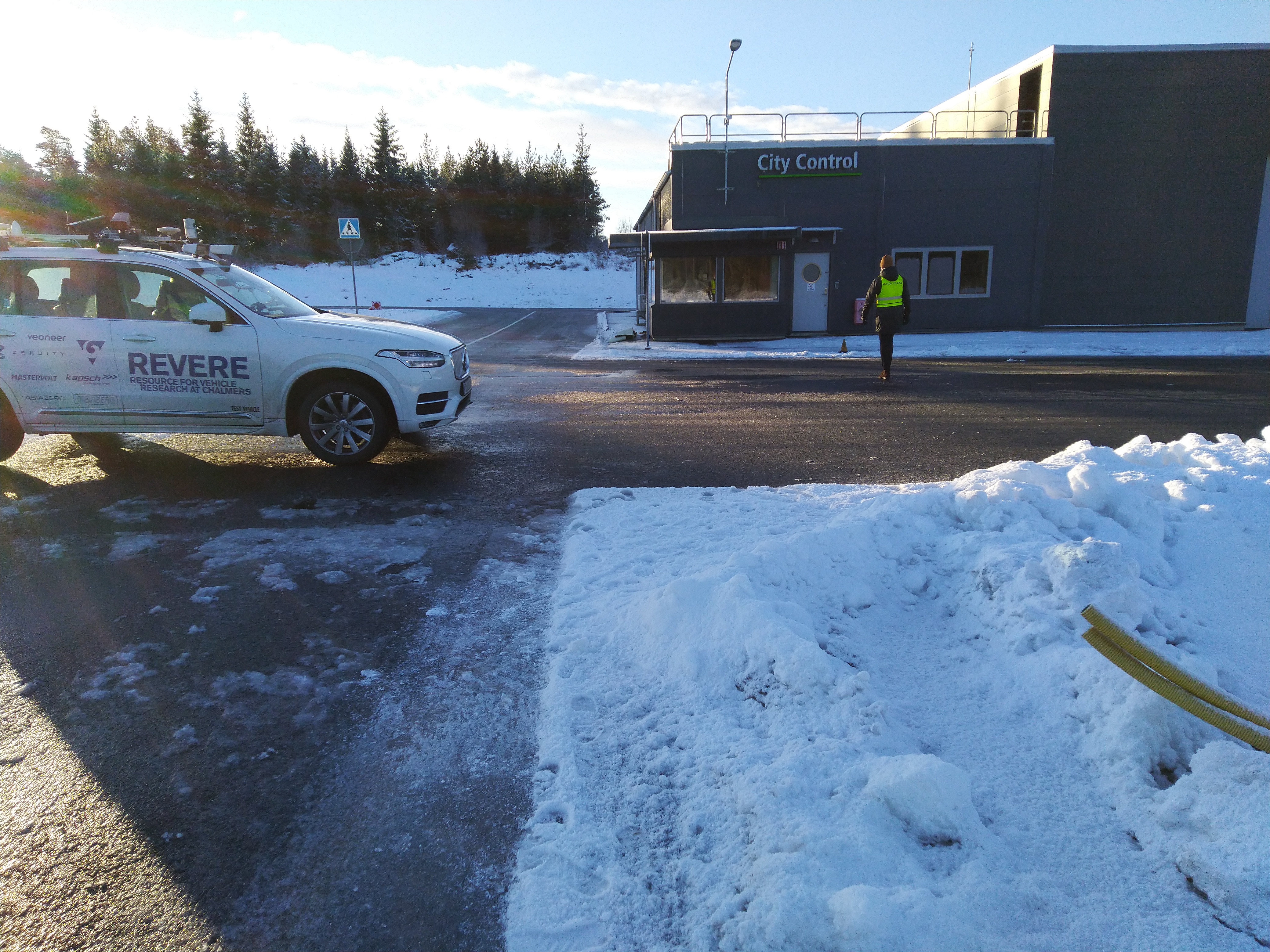Results from our Open Research program at AstaZero
AstaZero is well known as the world’s first full-scale independent test environment for future road safety. It’s frequently used by vehicle manufacturers and suppliers to test advanced safety systems and their functions in different traffic environments for certification. However, the test site is not exclusively designed for testing but also used for research and development. It serves as an international arena which is open for the industry and even legislation, universities, and technical institutes.
But how do you ensure to stay at the forefront of technology development, keep track of relevant research going on, get fresh and new ideas for constant further development and keep the leading position in the active safety test area? In 2016 the program “Open Research at AstaZero” was launched to address exactly this question. AstaZero owners RISE and Chalmers decided to jointly finance this program that opened up the test site for curious researchers from Sweden and around the world.
Researchers from universities or research institutes, but also small and medium-sized enterprises (SME's) were welcome to come and test their small and big ideas. An independent review committee evaluating scientific quality, feasibility, timing, qualification, and dissemination plans for results and data ensured a high quality among granted research projects. Using spare times efficiently and making test tracks, workshop, support (e.g. testing engineers, or drivers), and equipment accessible for enthusiastic young people and learn from them has led to added value both for customers, and the test environment itself. Open Research should form one of the main pillars of AstaZero stimulating and facilitating open, independent, and world-leading research, generating publicly available results and data, and creating an inspiring network between researchers.
The program had a budget of 10MSEK during the last four years. Nine open calls resulted in a total of 14 funded projects of which 12 were national collaborations, while two had non-Swedish partners from Catalonia and Austria. Project applications within road transport and automobile research were mainly expected but projects from other related scientific disciplines were most welcome as well. E.g. one of those “special topic” projects was on emergency care during ambulance transport. Revere lab at Chalmers were a competent and valued partner in a few projects were additional vehicles, equipment and support was needed for testing and not available at AstaZero.
SAFER has been responsible for the program creation and coordination using SAFERs unique research network to attract international researchers and connect the projects to SAFER’s project portfolio. All project information, reports and publications are available on SAFER’s homepage. Beside numerous scientific publications, presentations at conferences and seminars, published films, and project reports the program fortunately led to two licentiates (Ekman F, 2020; Johansson M, 2020) and were an essential part of two PhD theses (Zavala E, 2019; Ajanovic Z, 2020). Some projects are highlighted below.
While the last projects are still running, reports are written, and publications are still dropping in, the program reached its preliminary end. Outcome and lessons learned have been evaluated by the program’s steering group. There is the clear ambition to find new forms and a stable financing model to continue with Open Research at
AstaZero following one of the main recommendations of the program evaluation: Dare to invest in fresh and new ideas!
KEY HIGHLIGHTS FROM PROJECTS

SmArt seLf-driving vehIcle (SALI)
SALI aims at providing an open software engineering solution to integrate self-* capabilities, e.g. self-healing and self-optimization, to self-driving vehicles in order to deal with runtime factors such as unpredictability, faults and limited resources. It utilizes machine learning techniques over thousands of heterogeneous runtime data gathered through sensors, cloud services and vehicle-to-vehicle communications for providing resilient and just-in-time monitoring to self-driving vehicles. A series of experiments have been run on AstaZero: a sensor fault, low battery level and a road accident. Vehicle’s monitoring has been successfully adapted at runtime, e.g., activating alternative sensors, deactivating unnecessary sensors, or changing parameters in case of route recalculation. The results of the experiments are promising in terms of both functionality and response time.
“We still have work to do, but the test ground was a great experience with great results and a great team!” Edith Zavala, Universitat Politècnica De Catalunya, Barcelona.
Gaze-steering coordination with pilot assist systems
Safety of automated driving is a great concern for both the industry and public. One of the biggest problems is that it can be difficult for a human driver to detect if a system has failed and take back control. We were interested in how human drivers could recover from system failures, if possible, and what can be done to keep them in control of the vehicle in all situations. We studied where drivers look when they need to detect a steering automation failure and prepare for to take over the control. There is still a lot of work to do with the automated driving, especially regarding the human factor’s aspect. This work will help us to fit human drivers and automation together to create safer future for everybody.
“A test track experiment in AstaZero is perfect for this purpose. The environment is realistic enough, but still completely safe. It enables us to simulate 'steering automation failures' to record drivers' responses.” Esko Lehtonen, VTT Technical Research Centre of Finland (previously Chalmers, Sweden).

Validation of optimal motion planning for automated urban driving
Closed-loop validation of autonomous vehicles is an open problem, significantly influencing development and adoption of this technology. The main contribution of this paper is a novel approach to reproducible, scenario-based validation that decouples the problem into several sub-problems, while avoiding to brake the crucial couplings. First, a realistic scenario is generated from the real urban traffic. Second, human participants, drive in a virtual scenario (in a driving simulator), based on the real traffic. Third, human and automated driving trajectories are reproduced and compared in the real vehicle on an empty track without traffic. Thus, benefits of automation with respect to safety, efficiency and comfort can be clearly benchmarked in a reproducible manner. Presented approach is used to benchmark performance of SBOMP planner in one scenario and validate Super Human driving performance.
“Thank you for the opportunity to test at AstaZero. It was the highlight of my PhD research!” Zlatan Ajanovic, Virtual Vehicle Research GmbH, Graz, Austria

Safety dataset for training and validation of AI perception functions in AD and ADAS
AI, in particular, deep learning algorithms, are becoming the state-of-the-art technology used in AD and ADAS. However, the interpretability and reliability of these algorithms are known to be worrisome due to their data-driven and hence black box nature. This is not acceptable for automated systems deployed on the road, where guarantees on safety are required. Since these data-driven AI algorithms are to a large extent determined by the training dataset, it is very important to create a dataset such that it is fully aware of the safety requirements. This project will provide an initial version of a public dataset of driving scenarios relevant for safety studies, which contains ground truth labels on all sensor data that is ready-to-use for state-of-the-art AI algorithm training and validation.
“The dataset will support researchers to have easy access and utilization of data to trigger research and development on safety aspects and improve the robustness of AI perception systems used in AD/ADAS. It can help in removing the last barriers for a wider introduction of AD and thus improve overall safety and contribute to the roadmap towards Vision Zero.” Jörg Bakker, Asymptotic, Sweden.
Update February 2022: the dataset has been released: https://www.saferresearch.com/news/preper-dataset-safety-evaluation-ai-object-perception-ad-and-adas-available-public-use.
